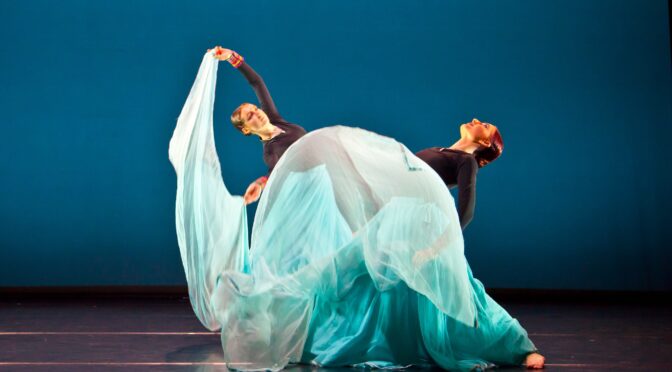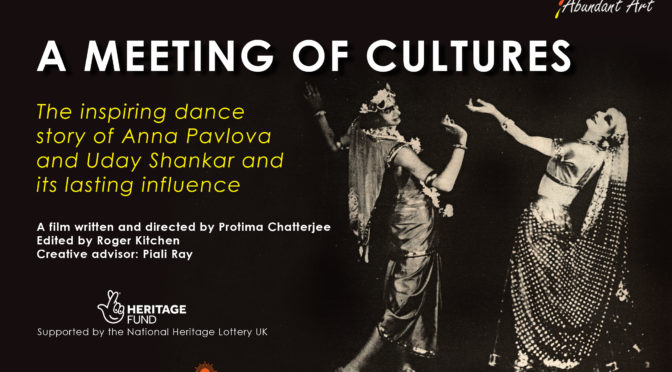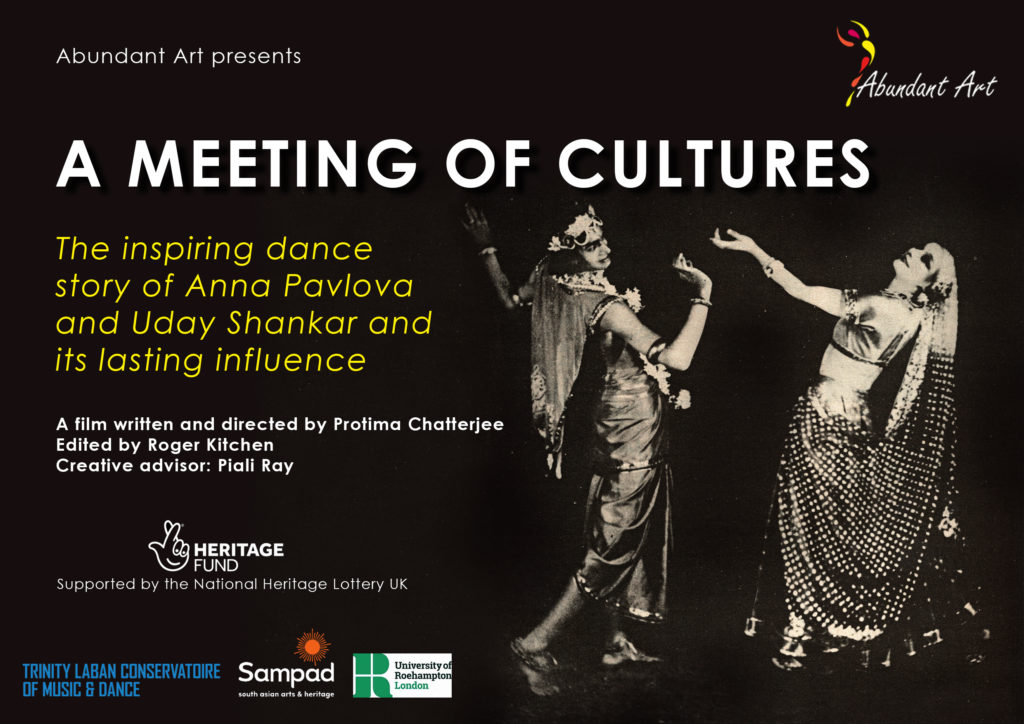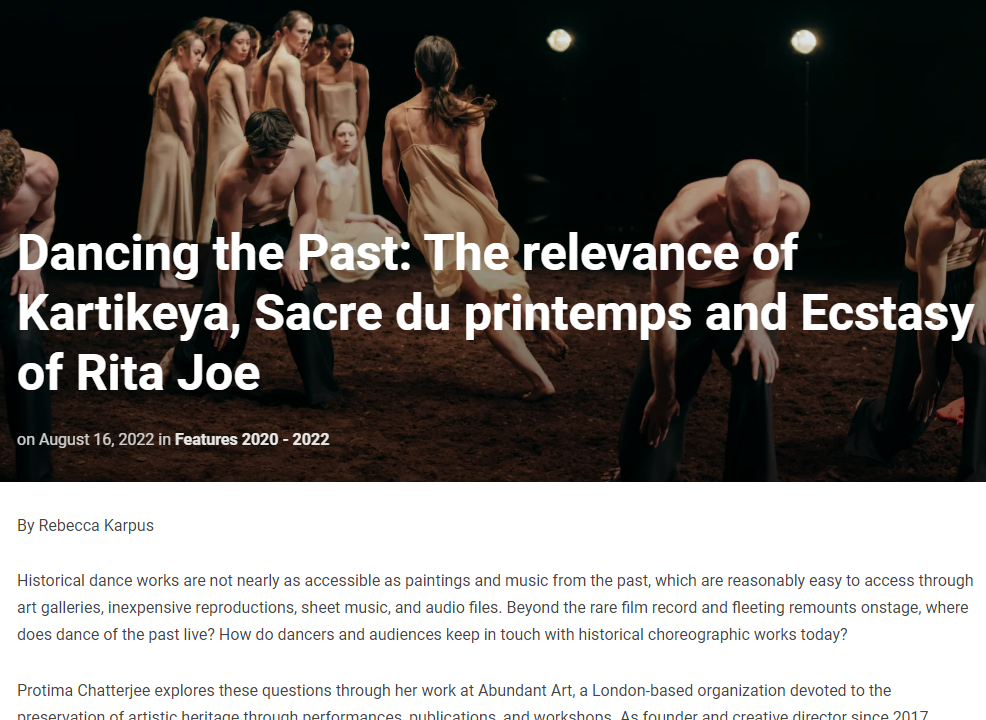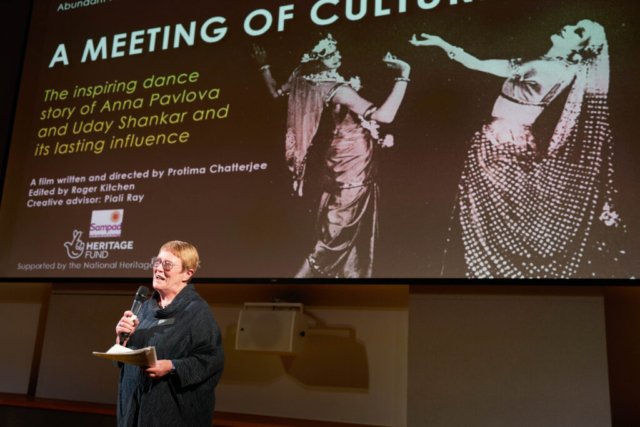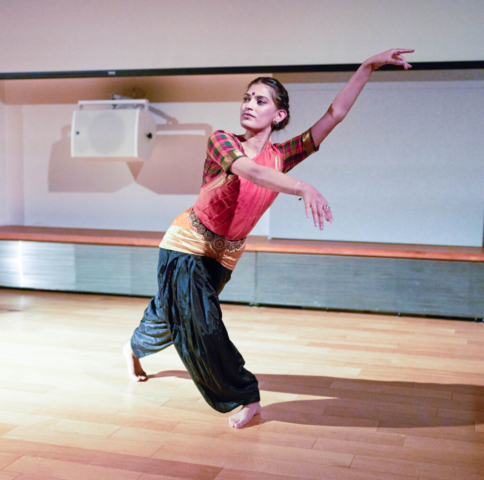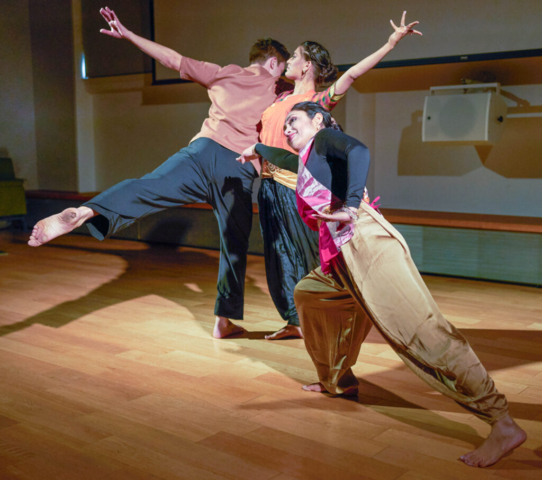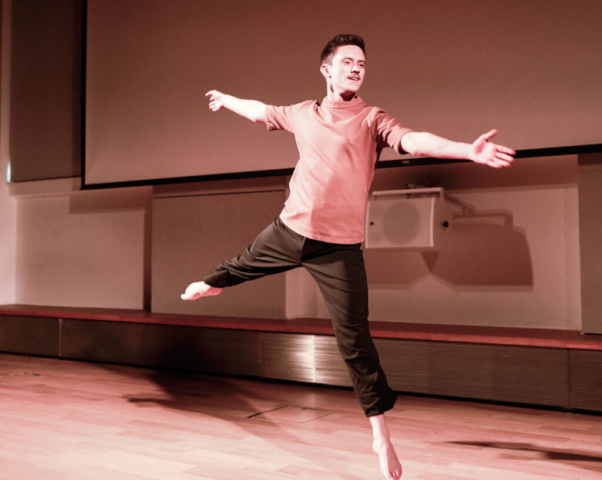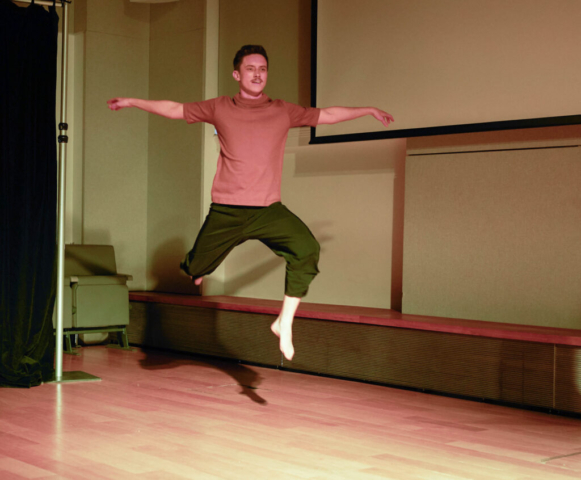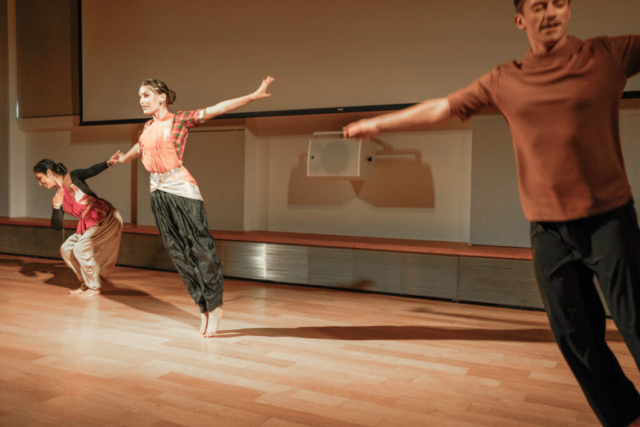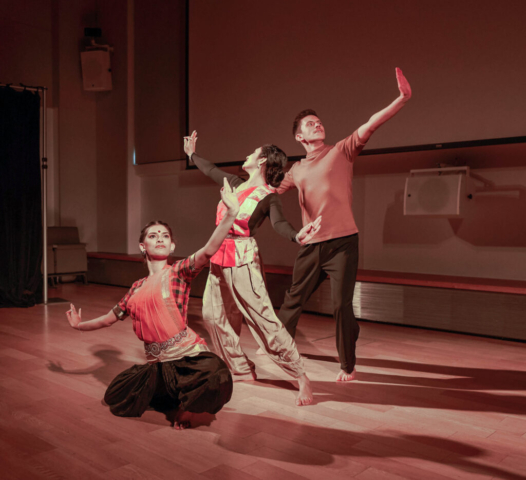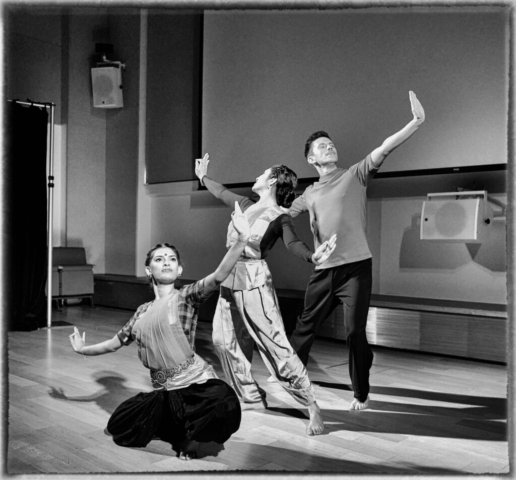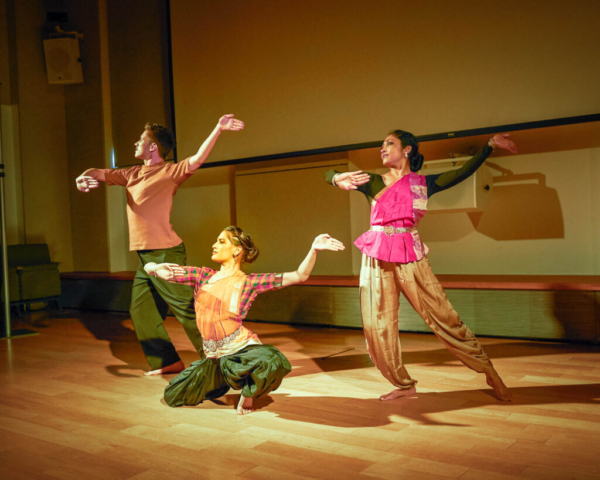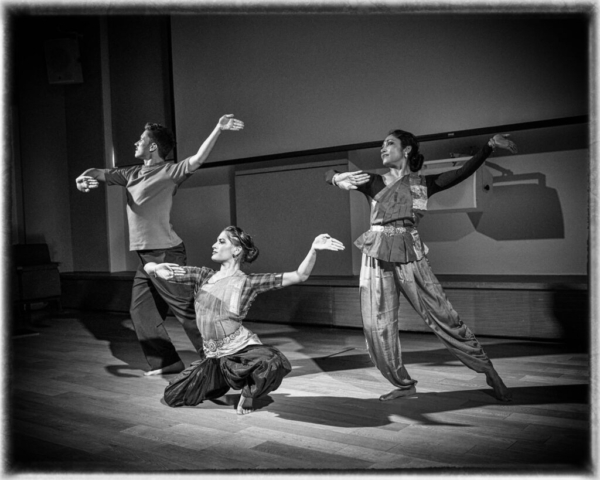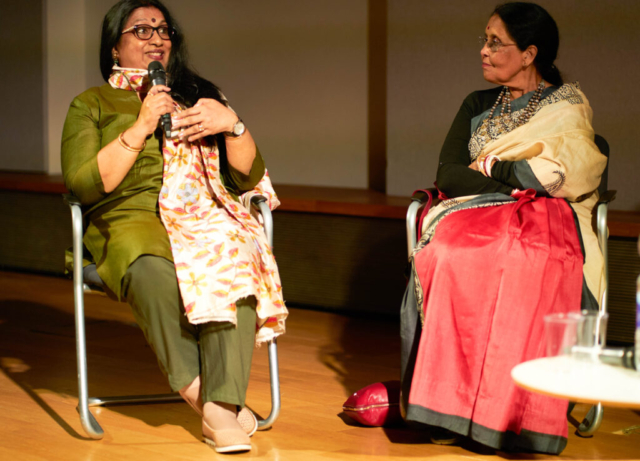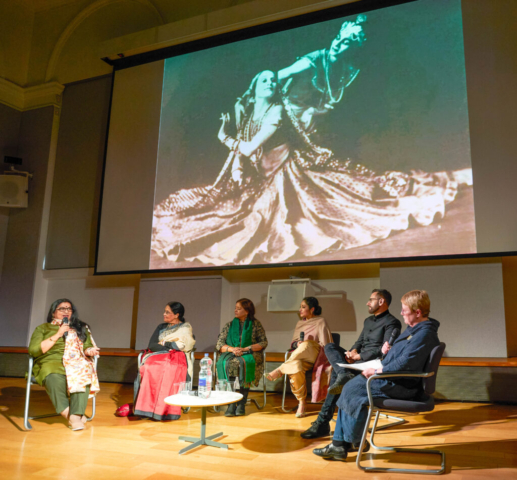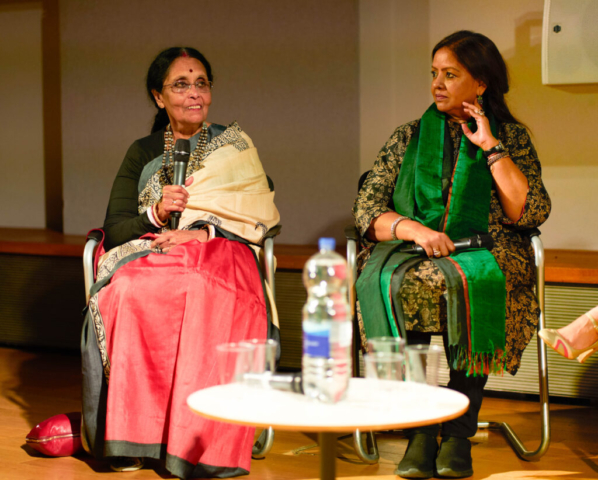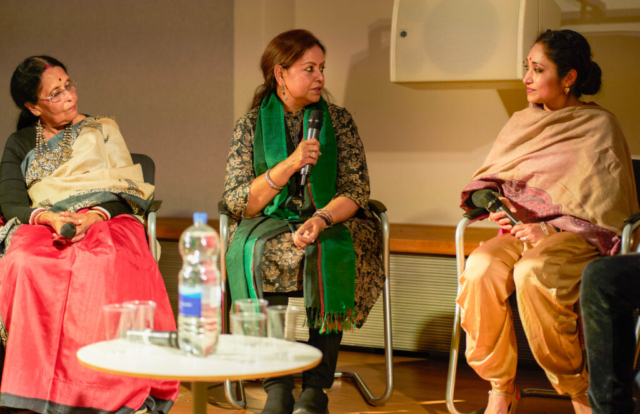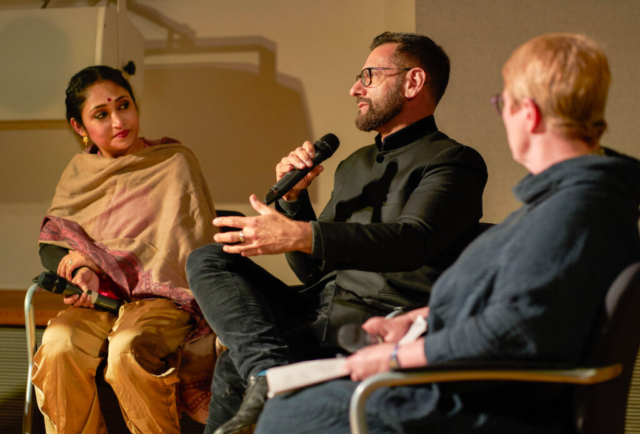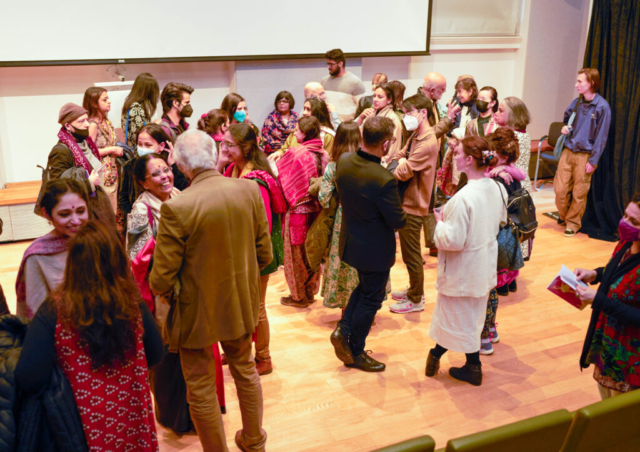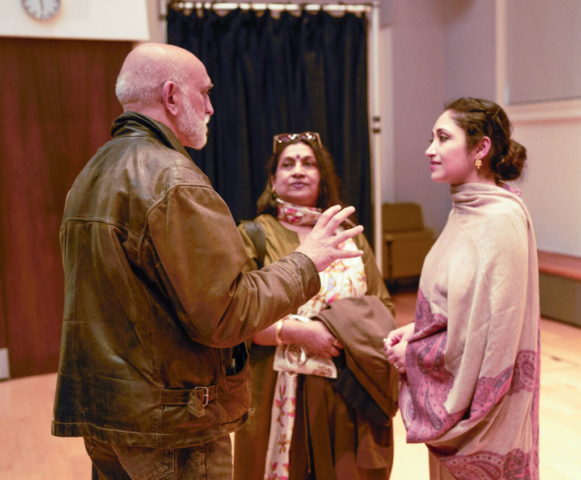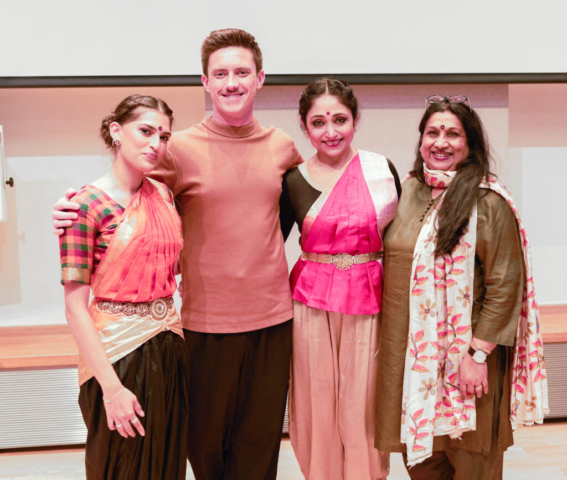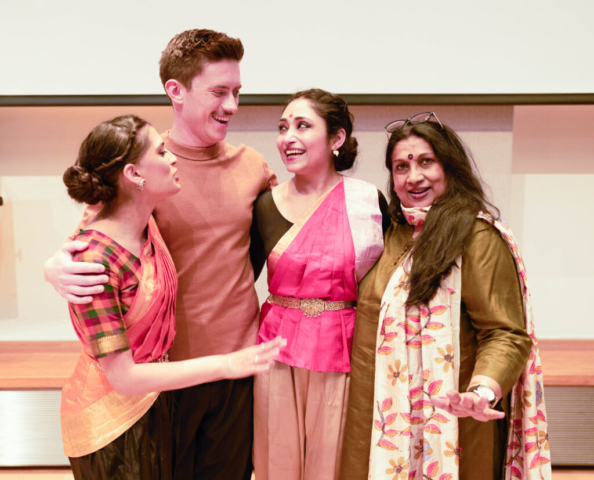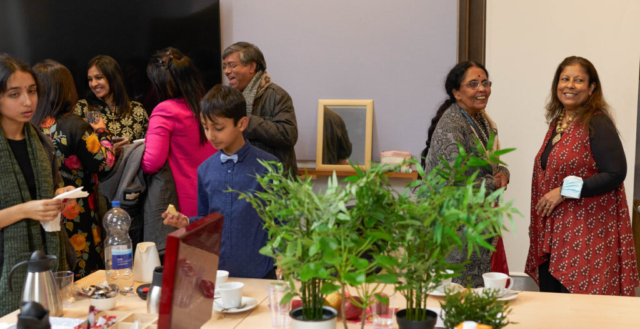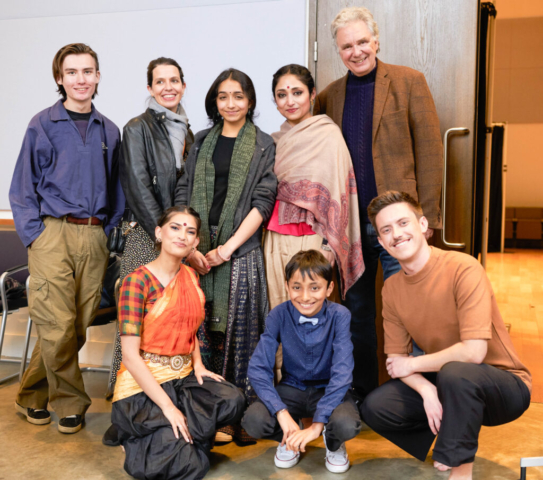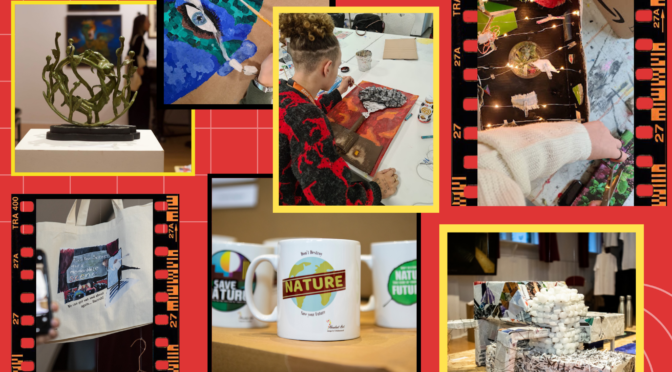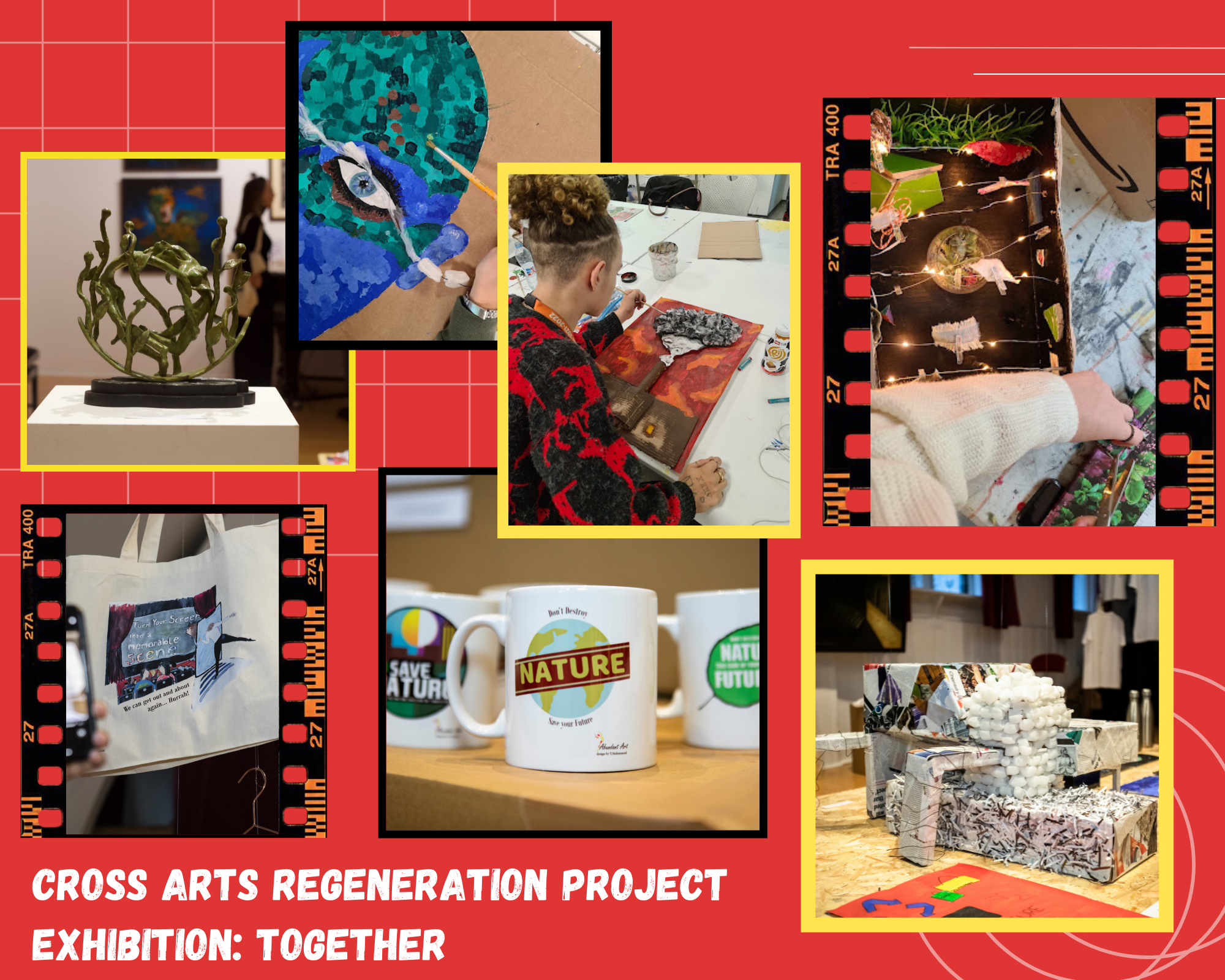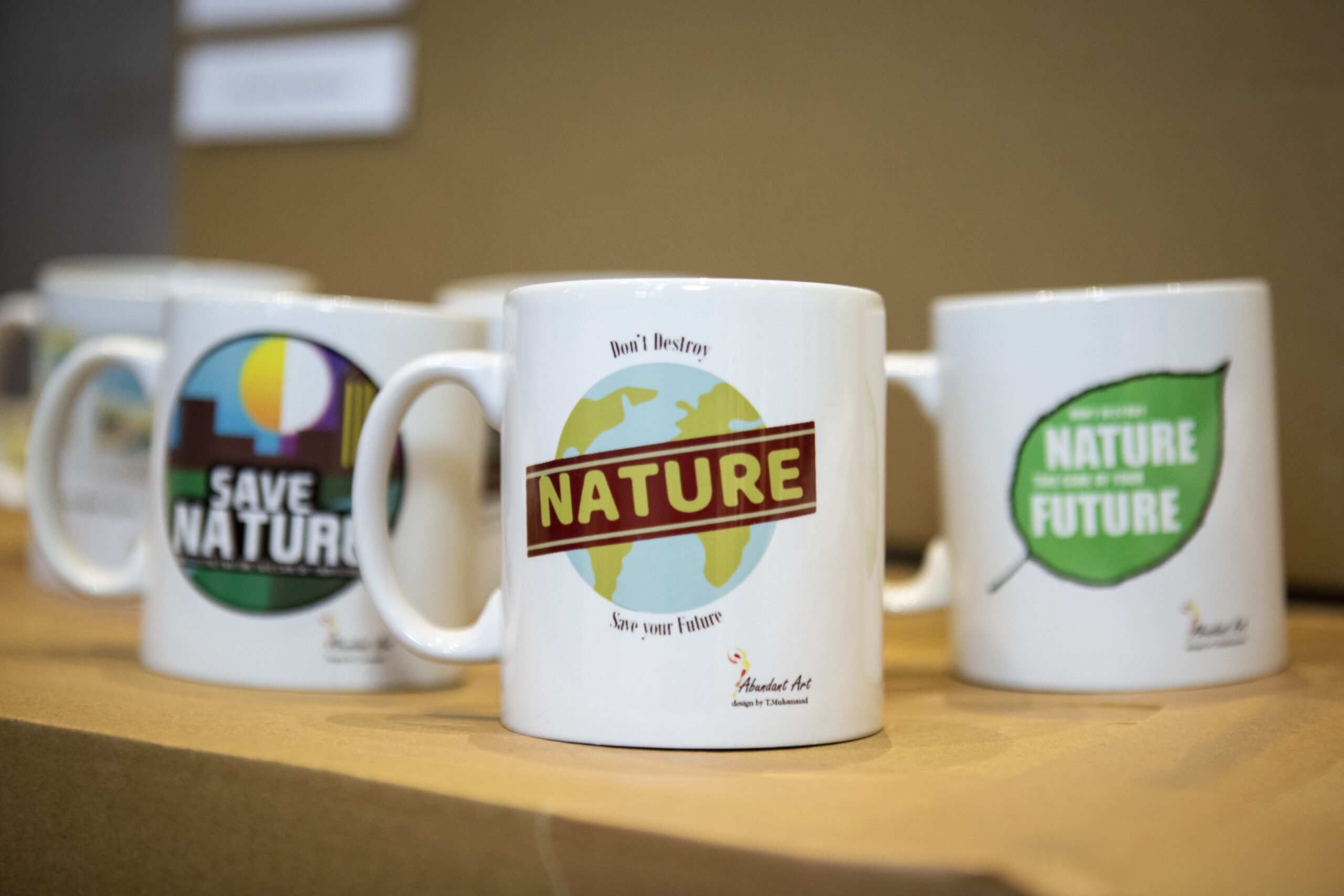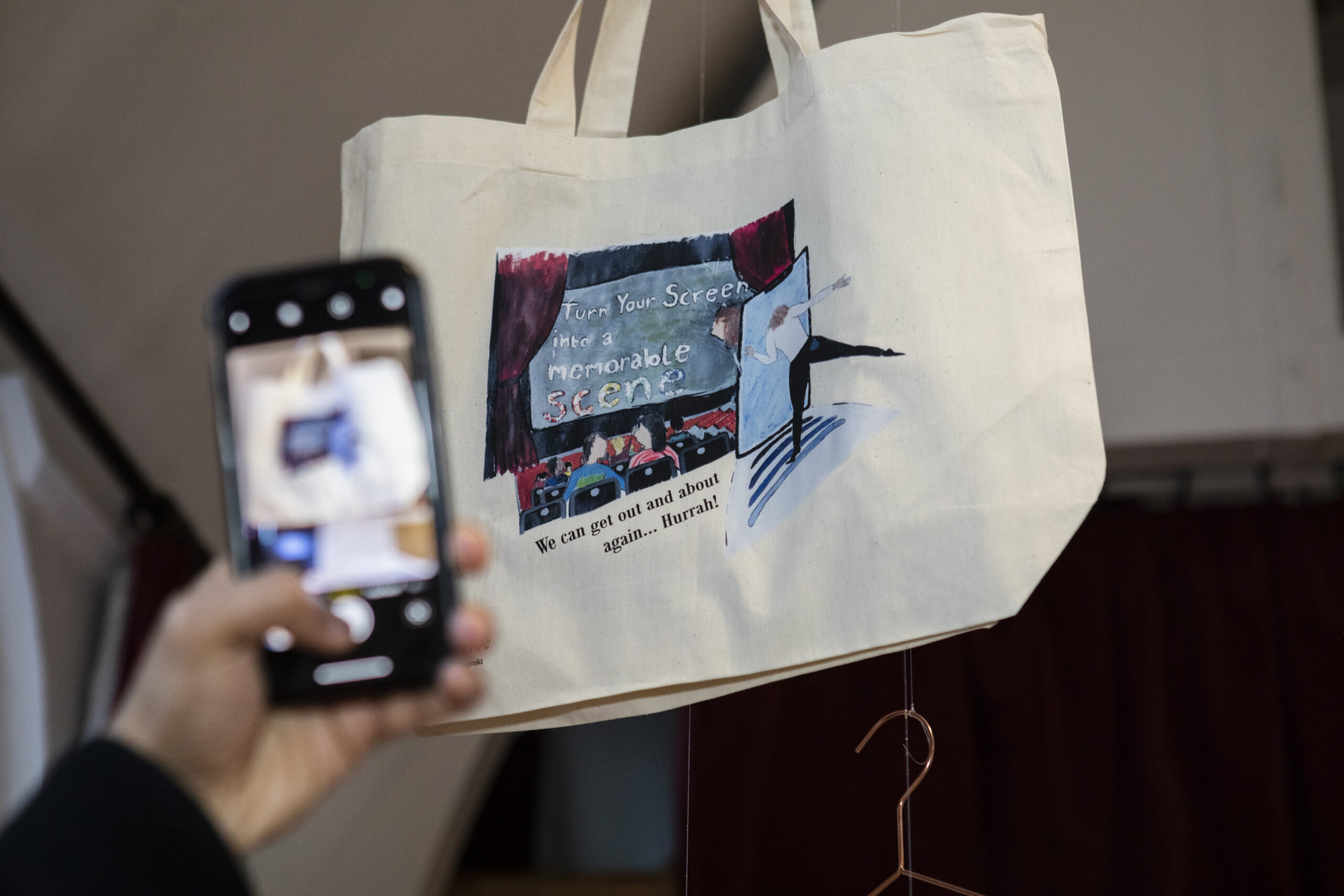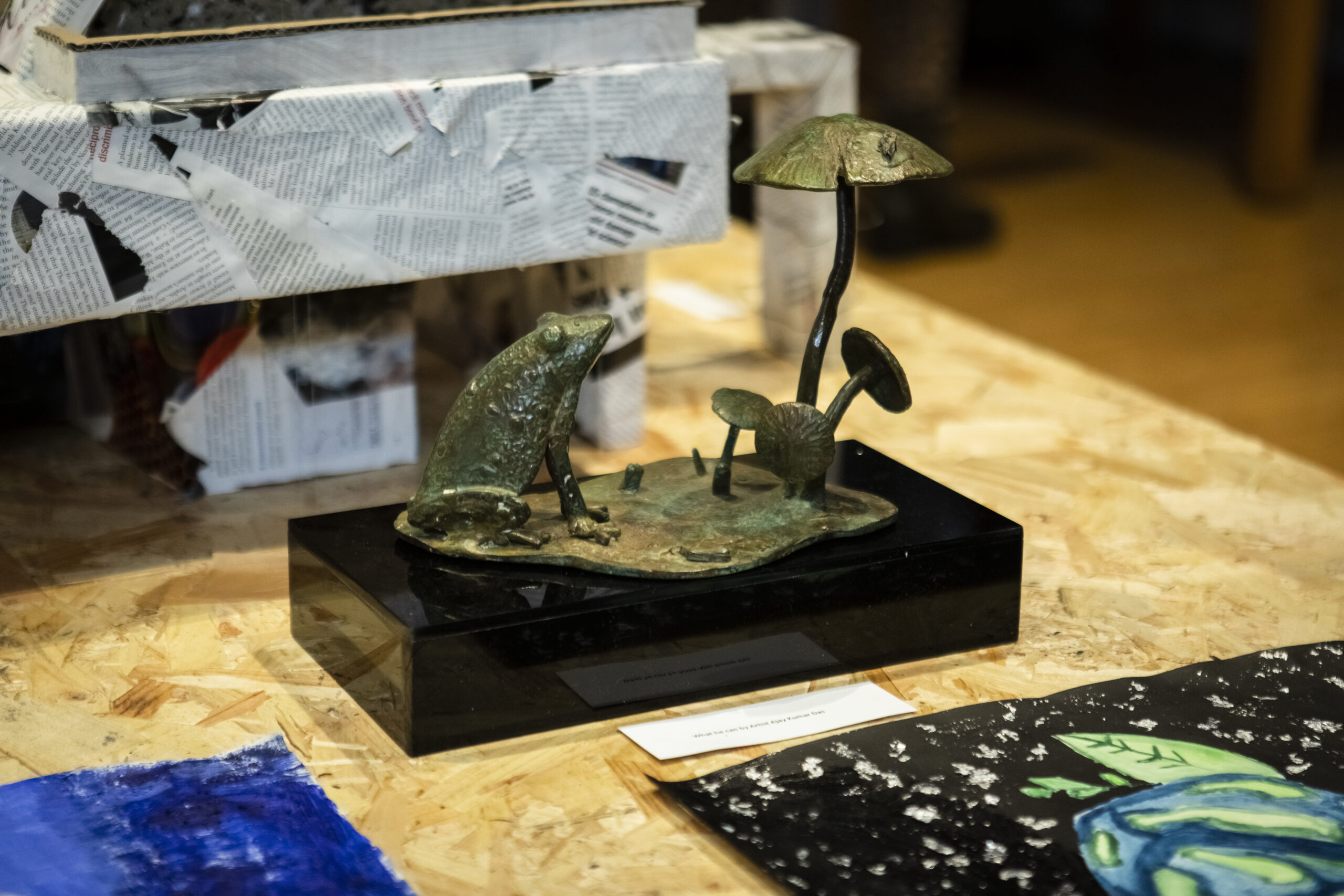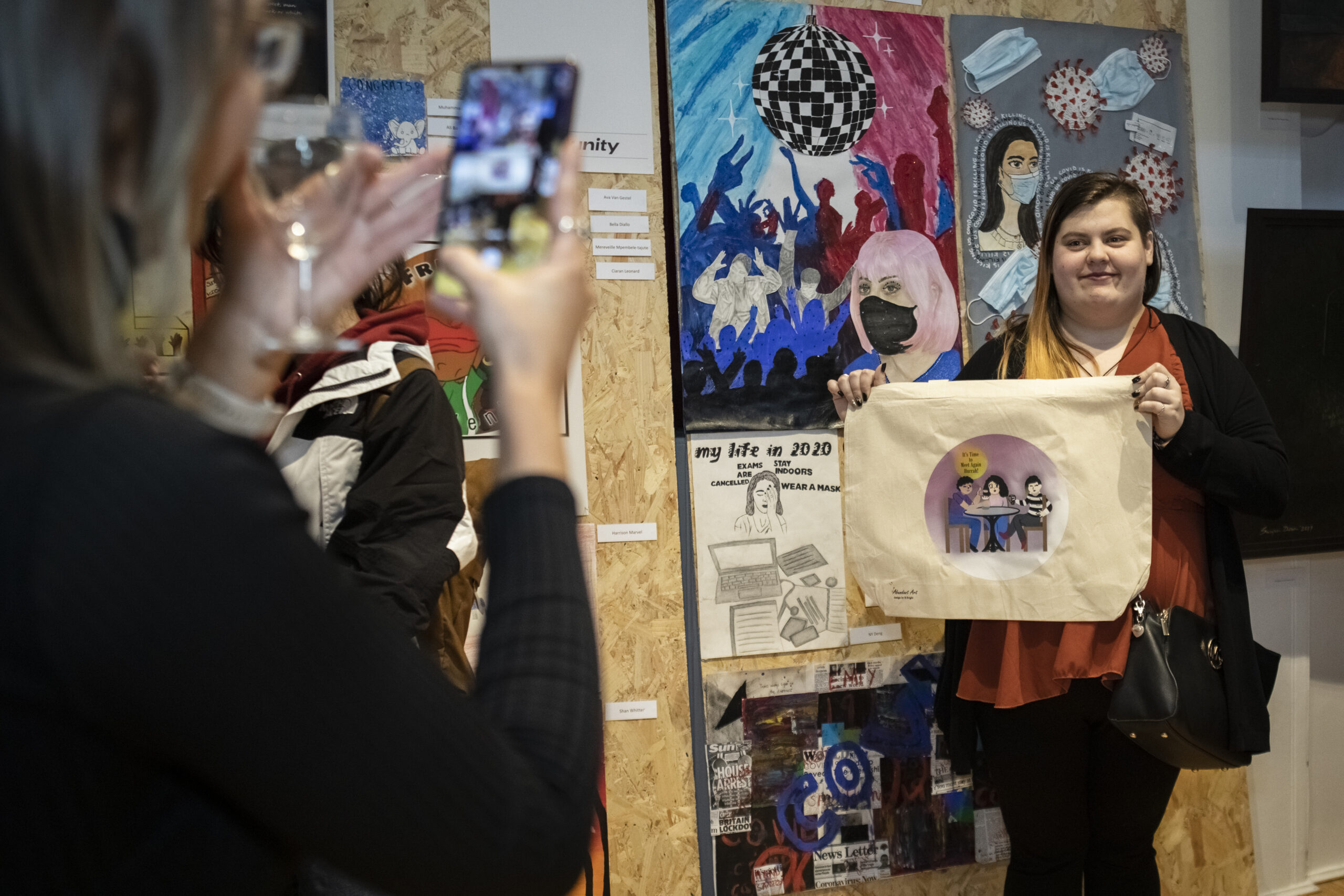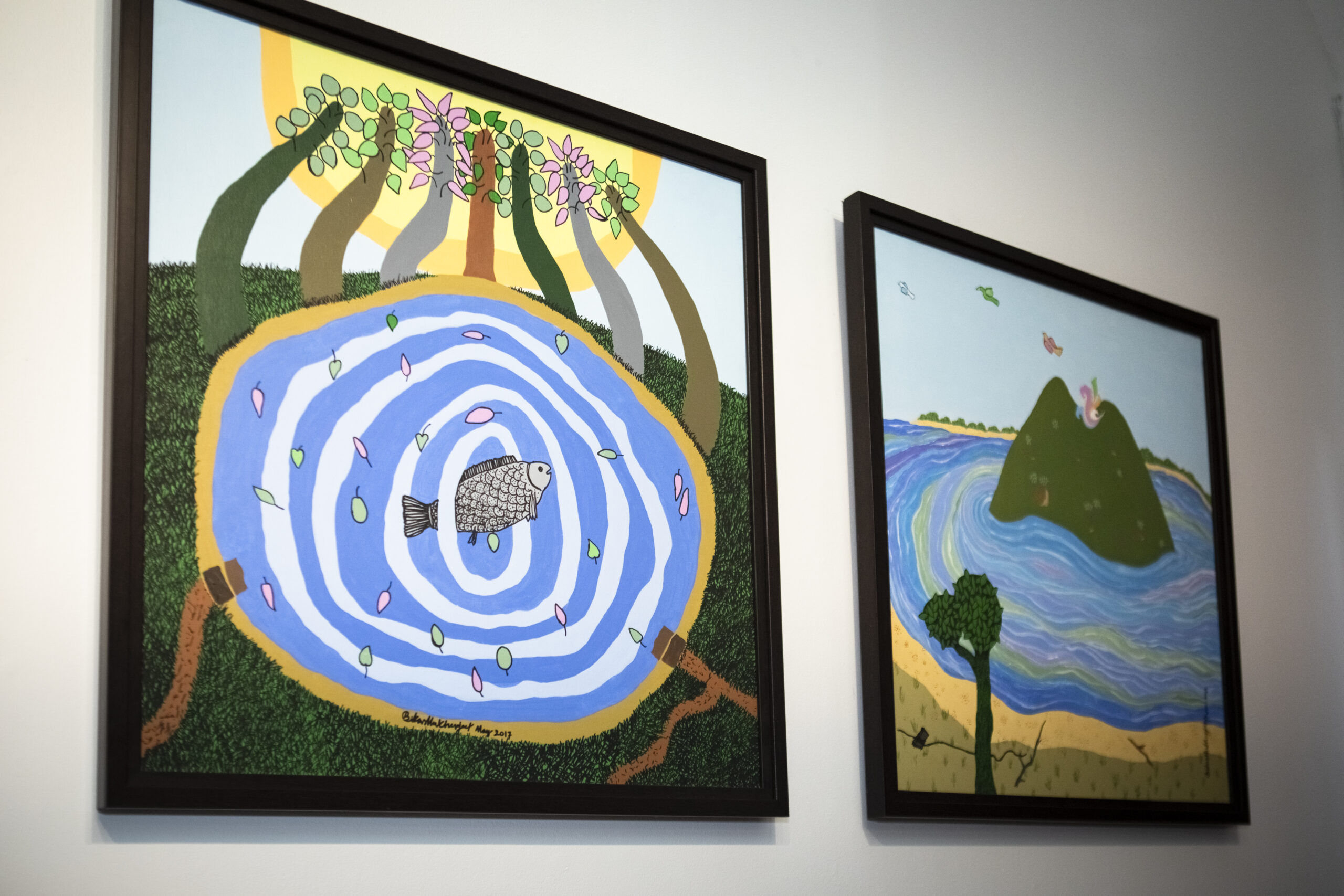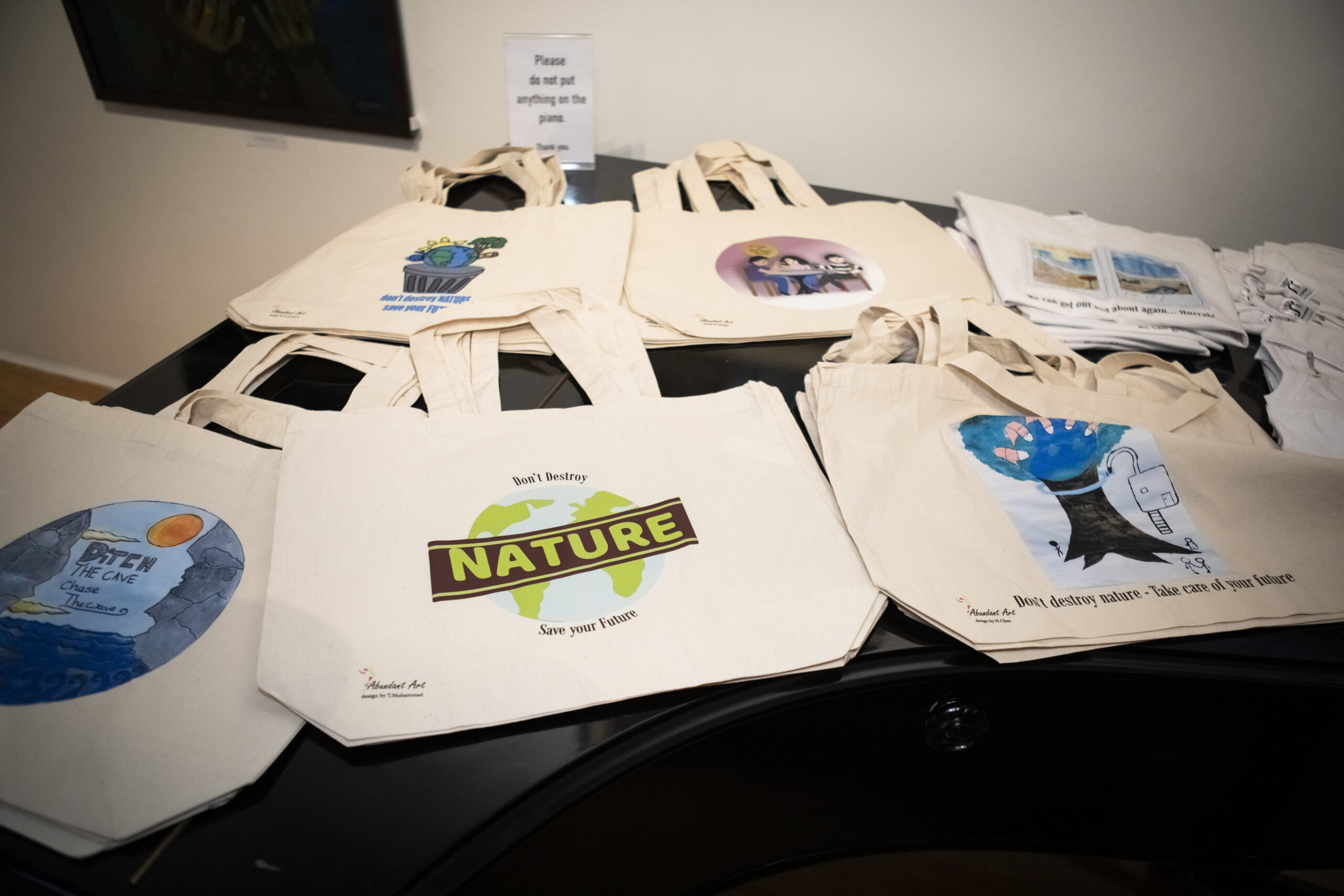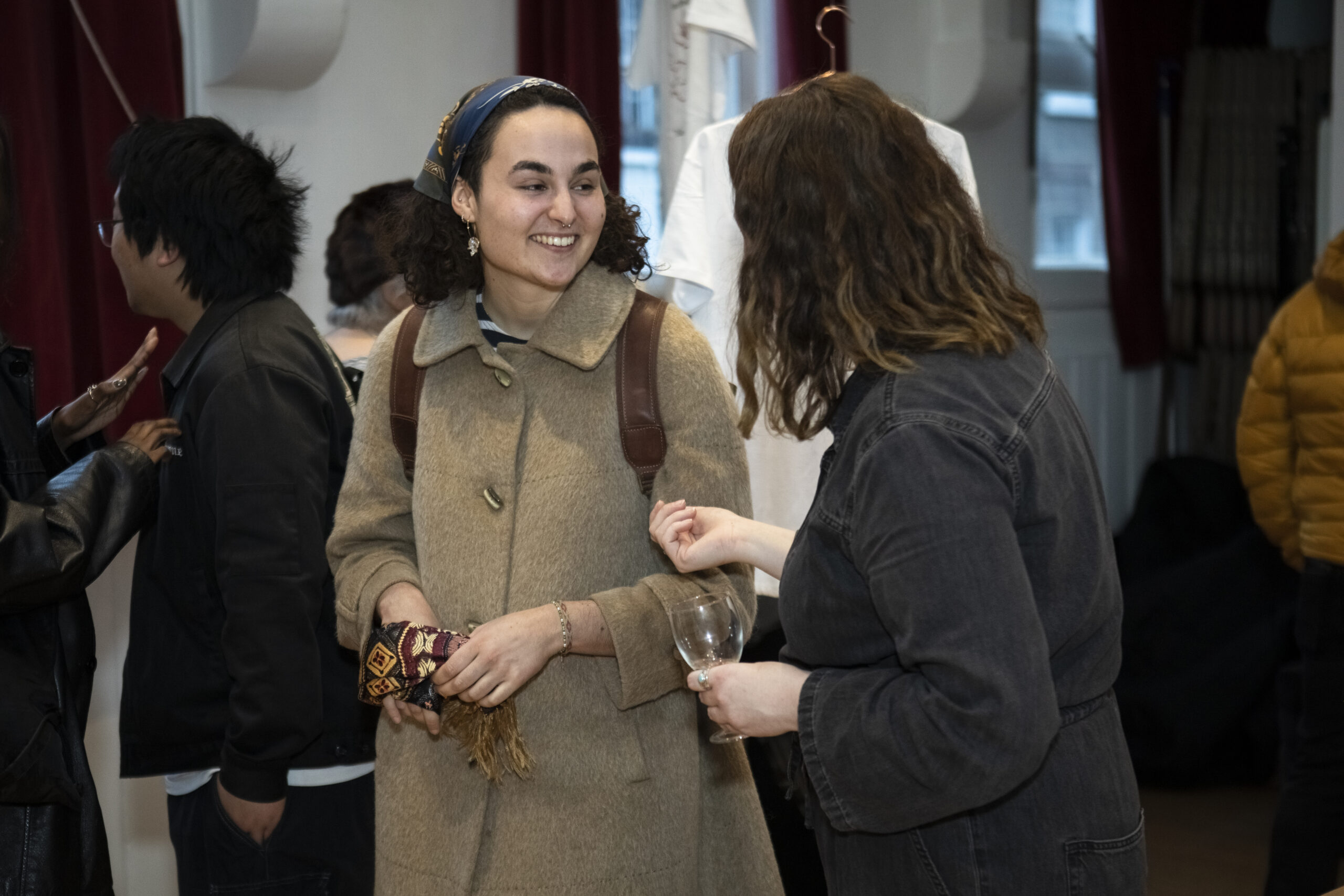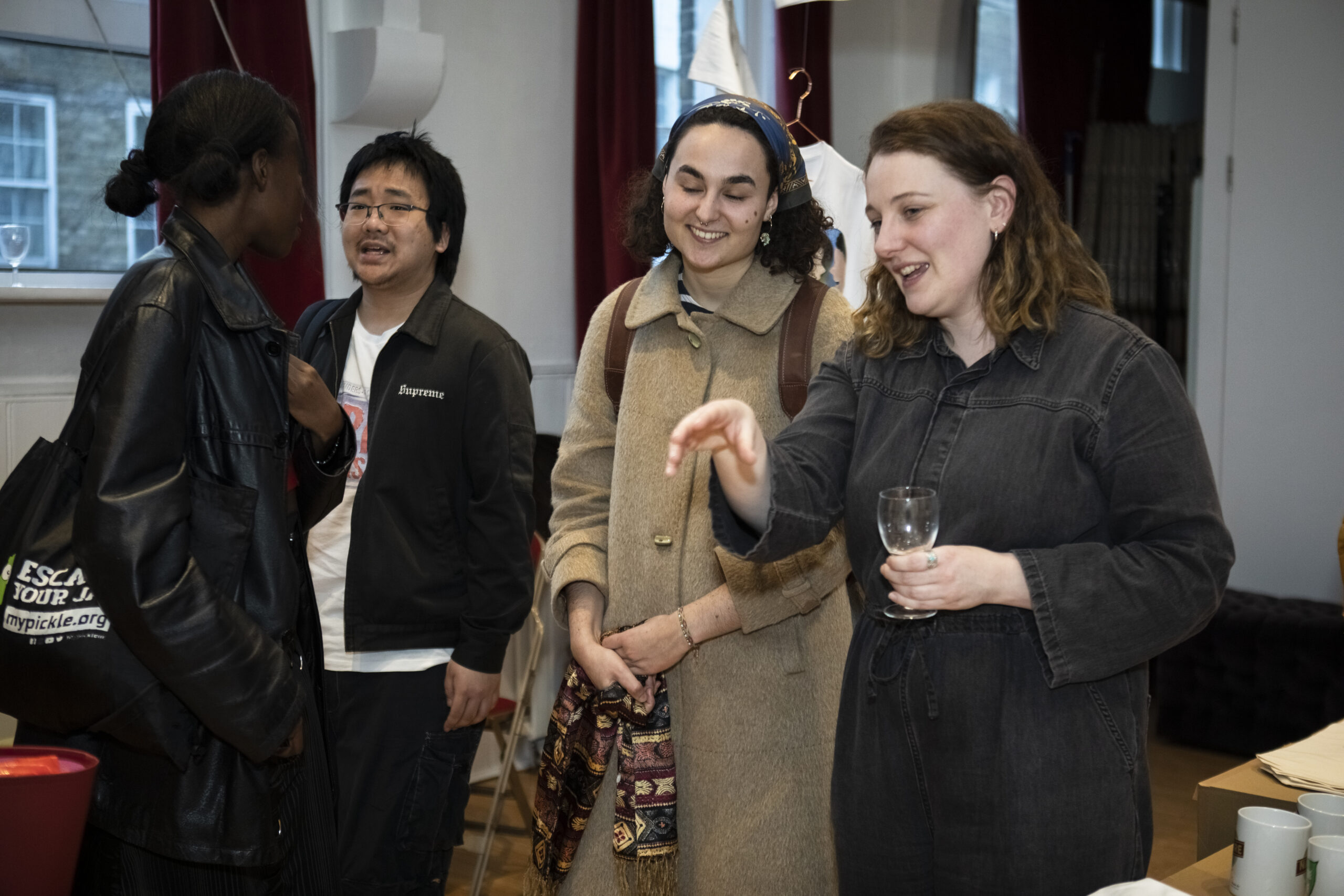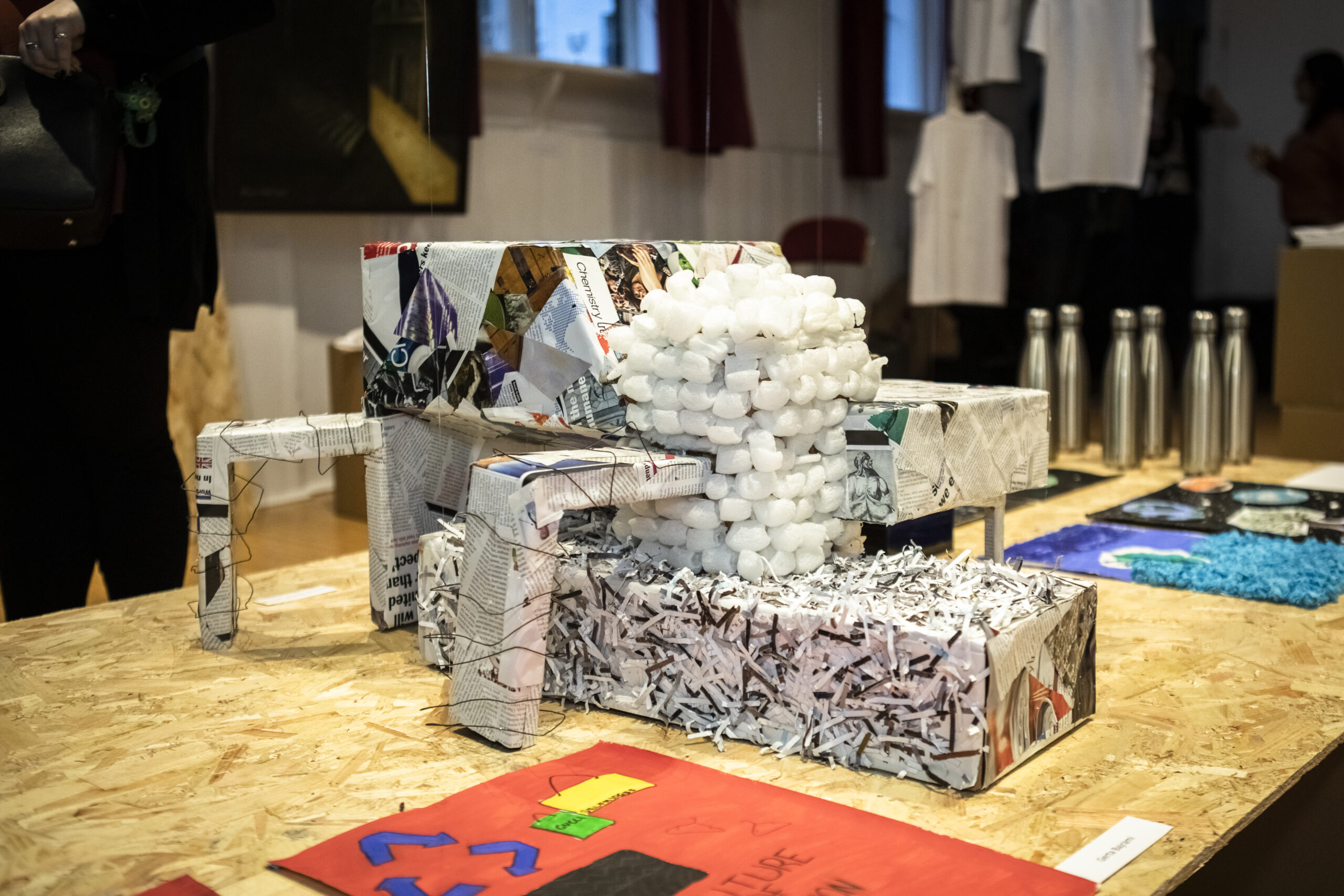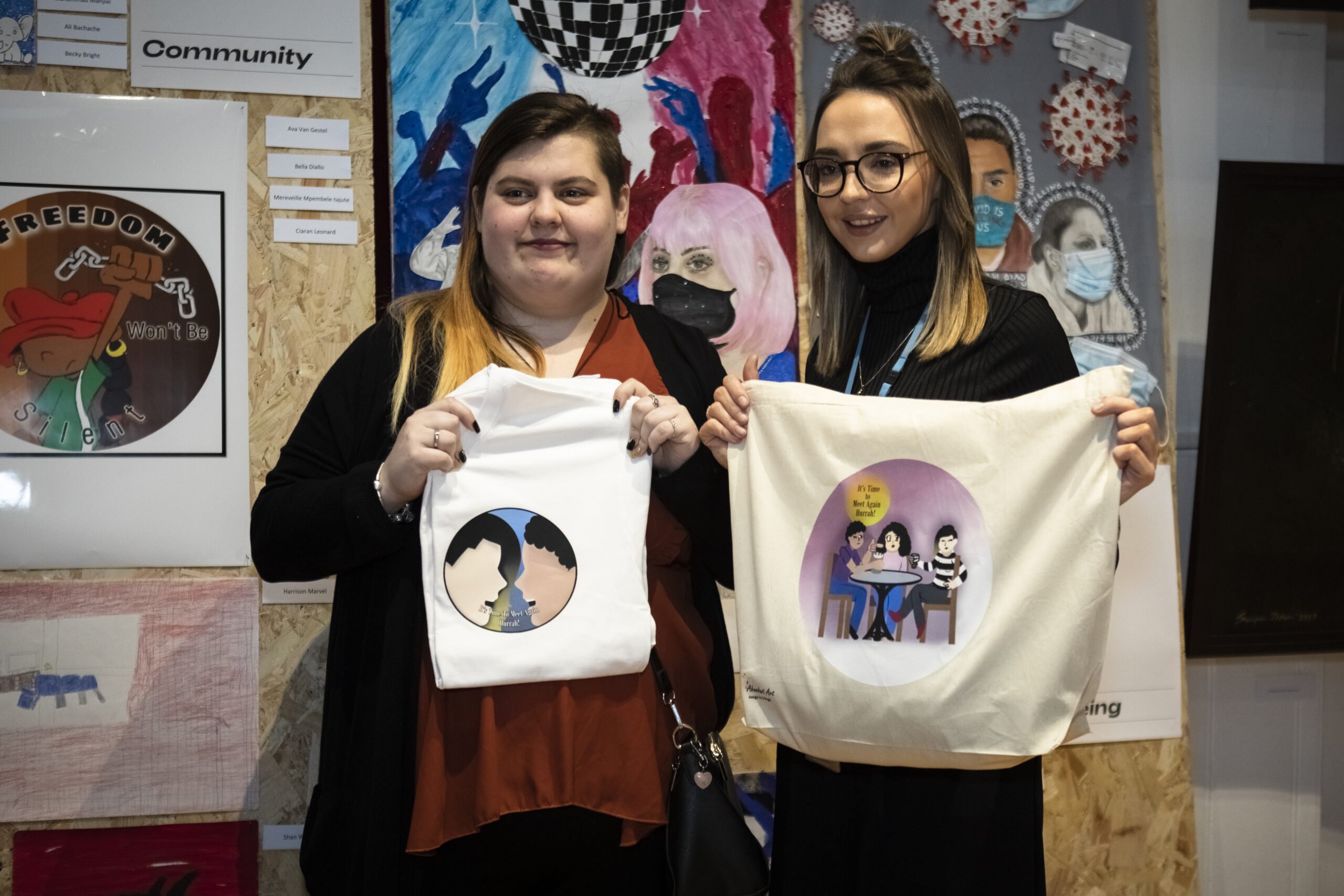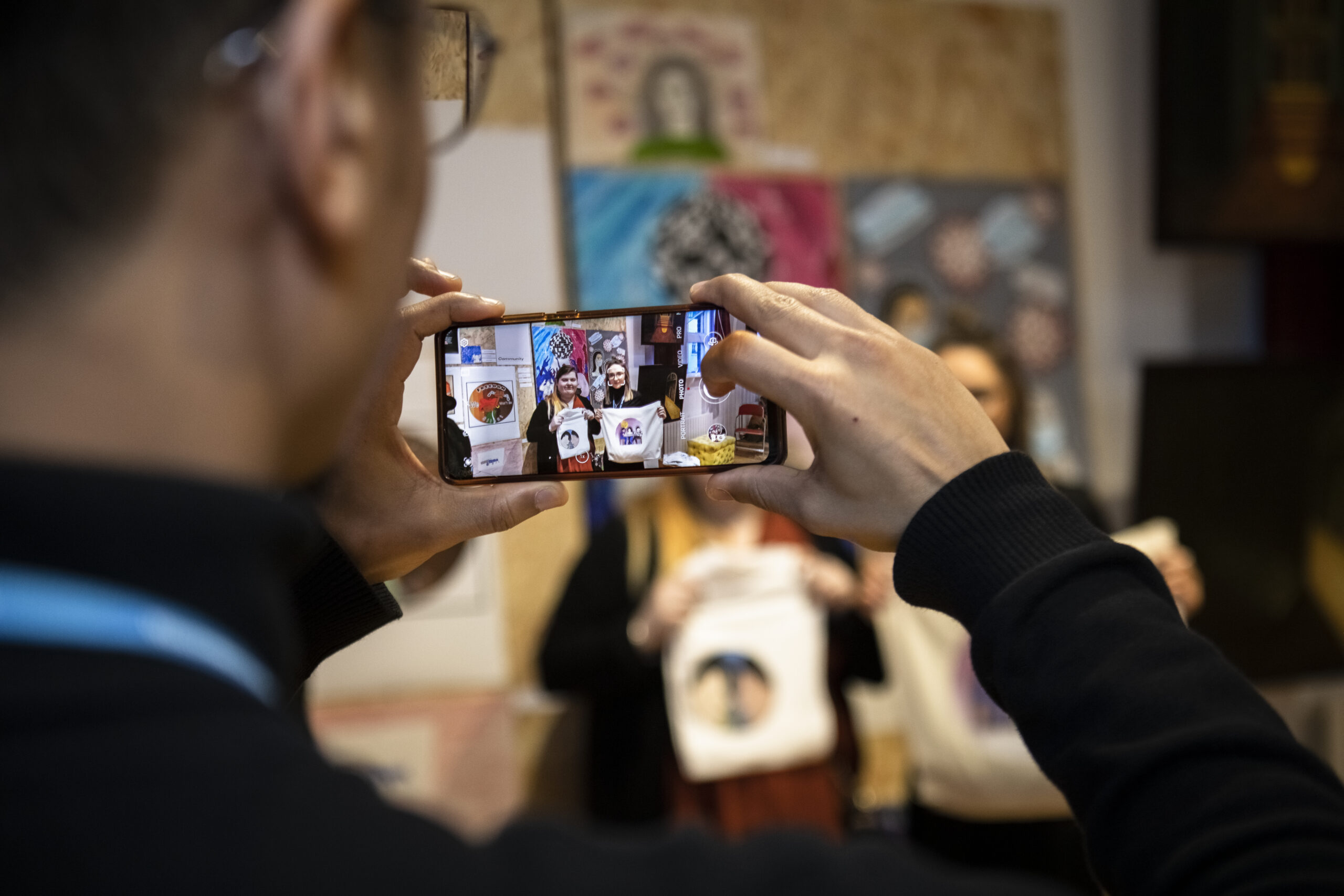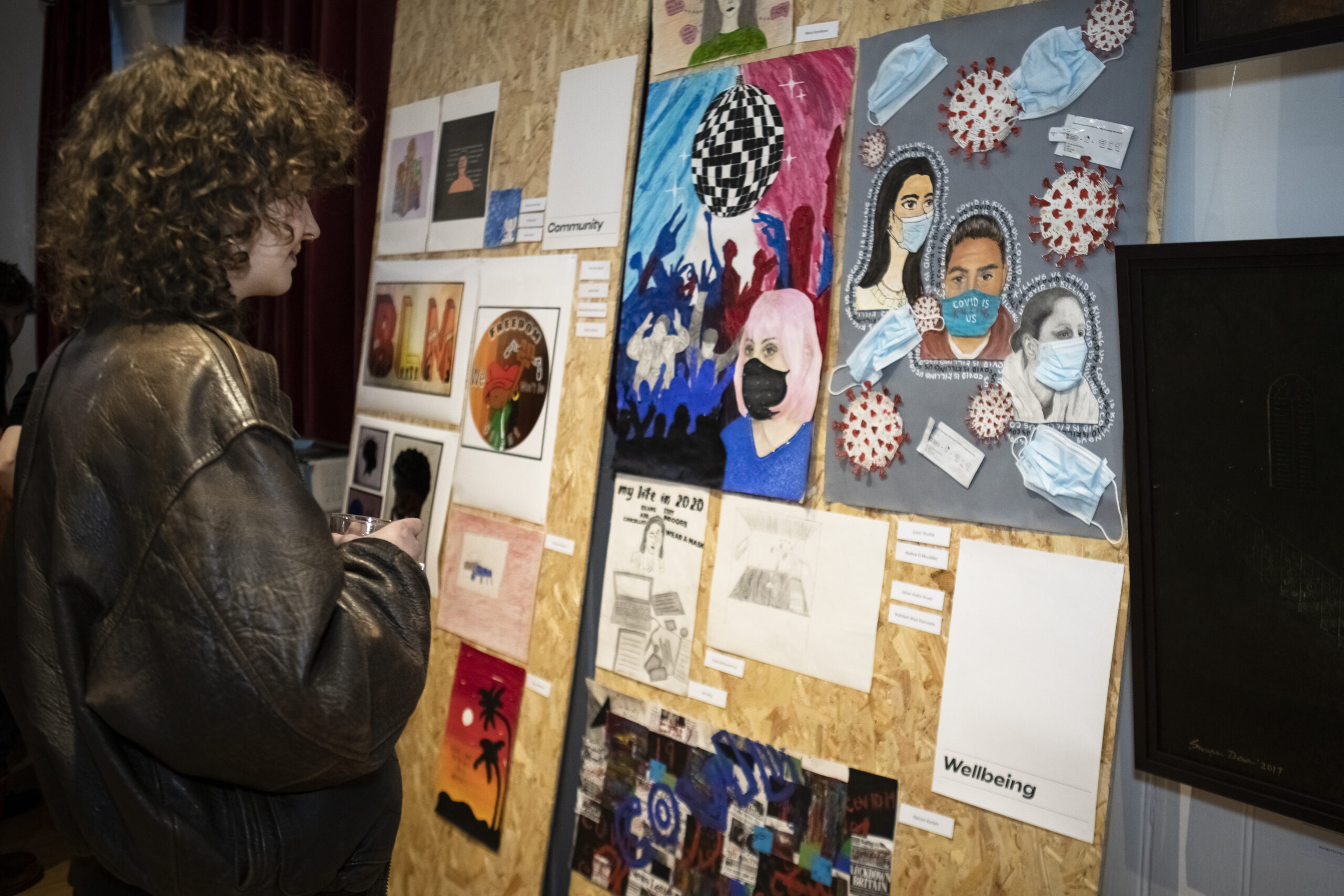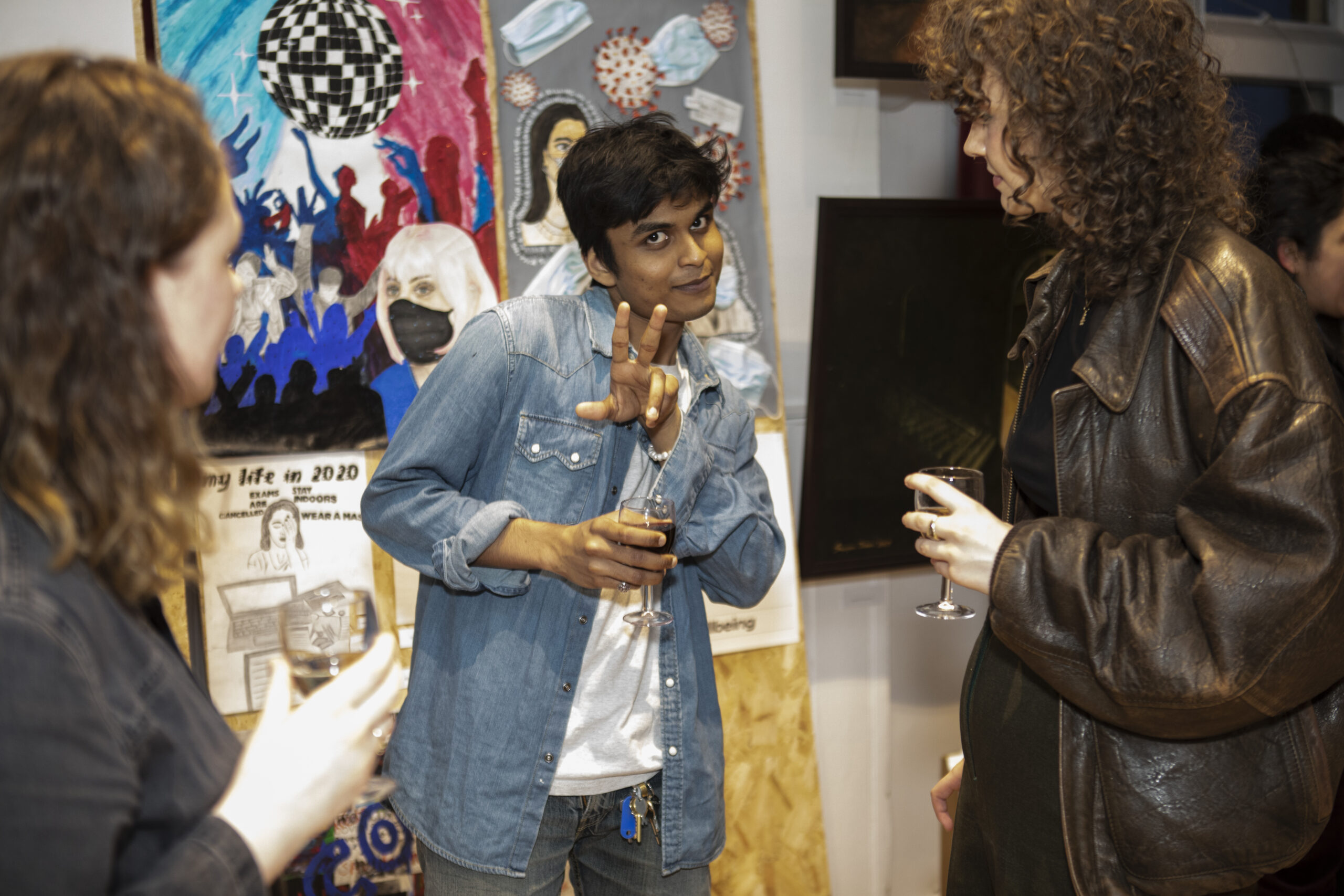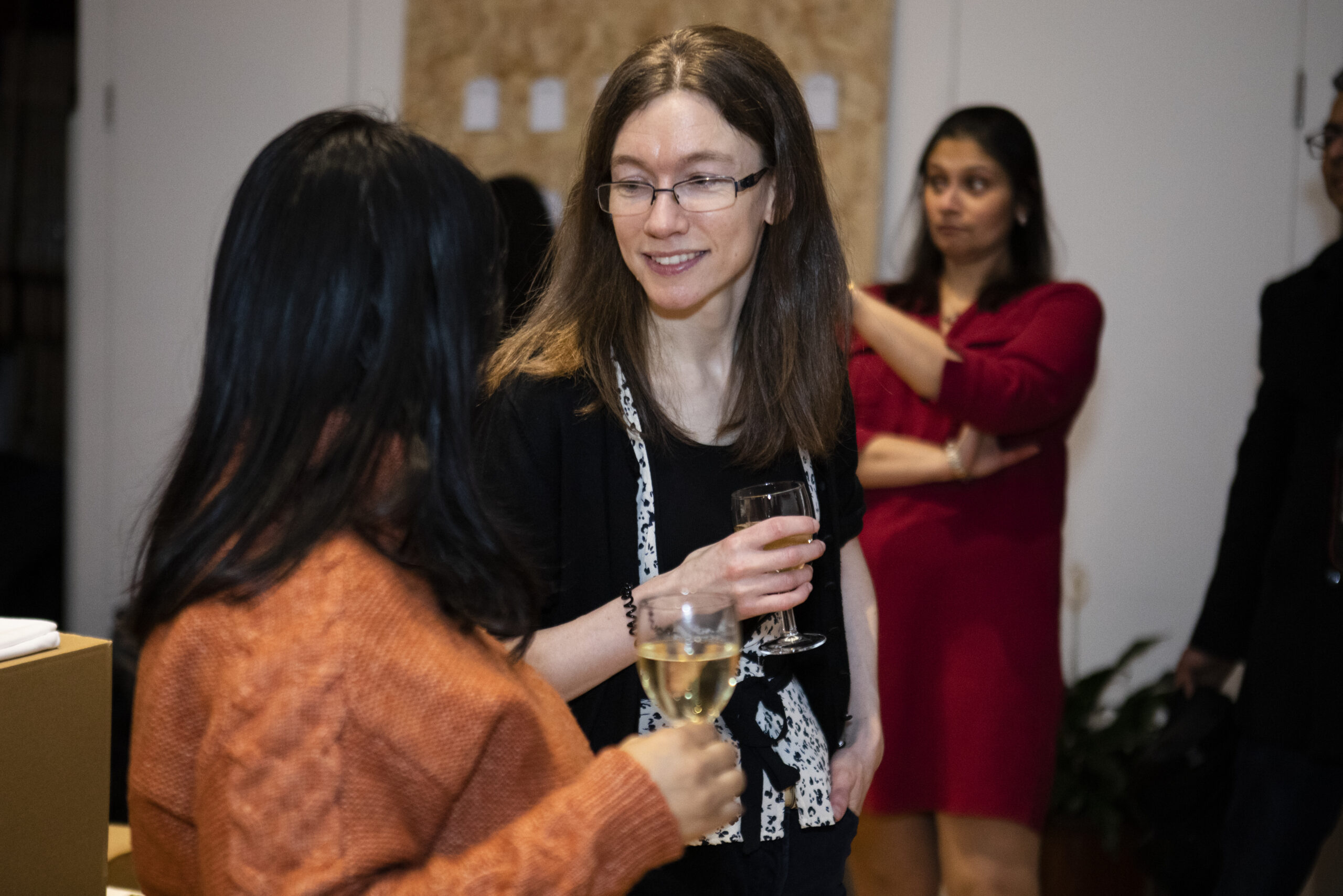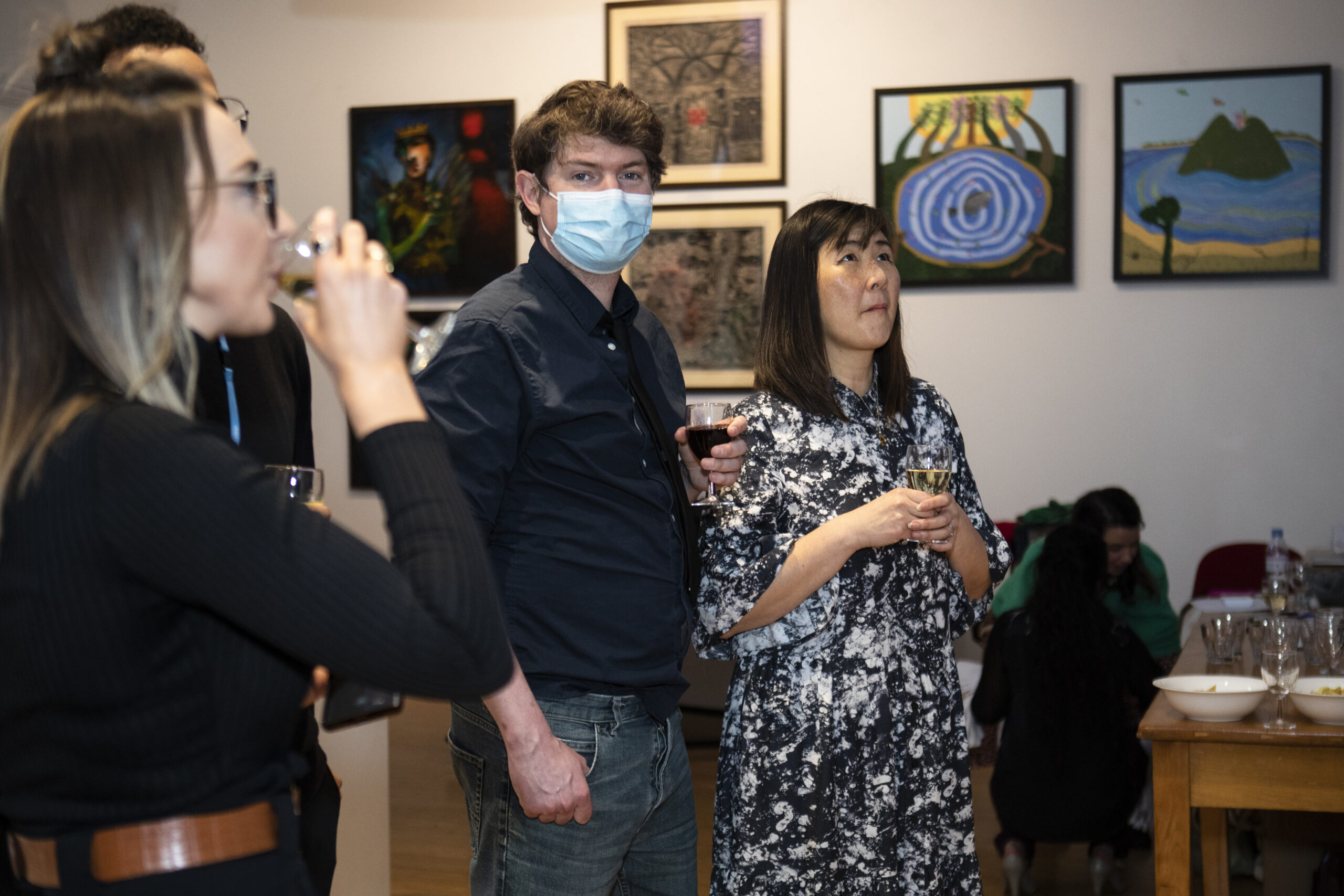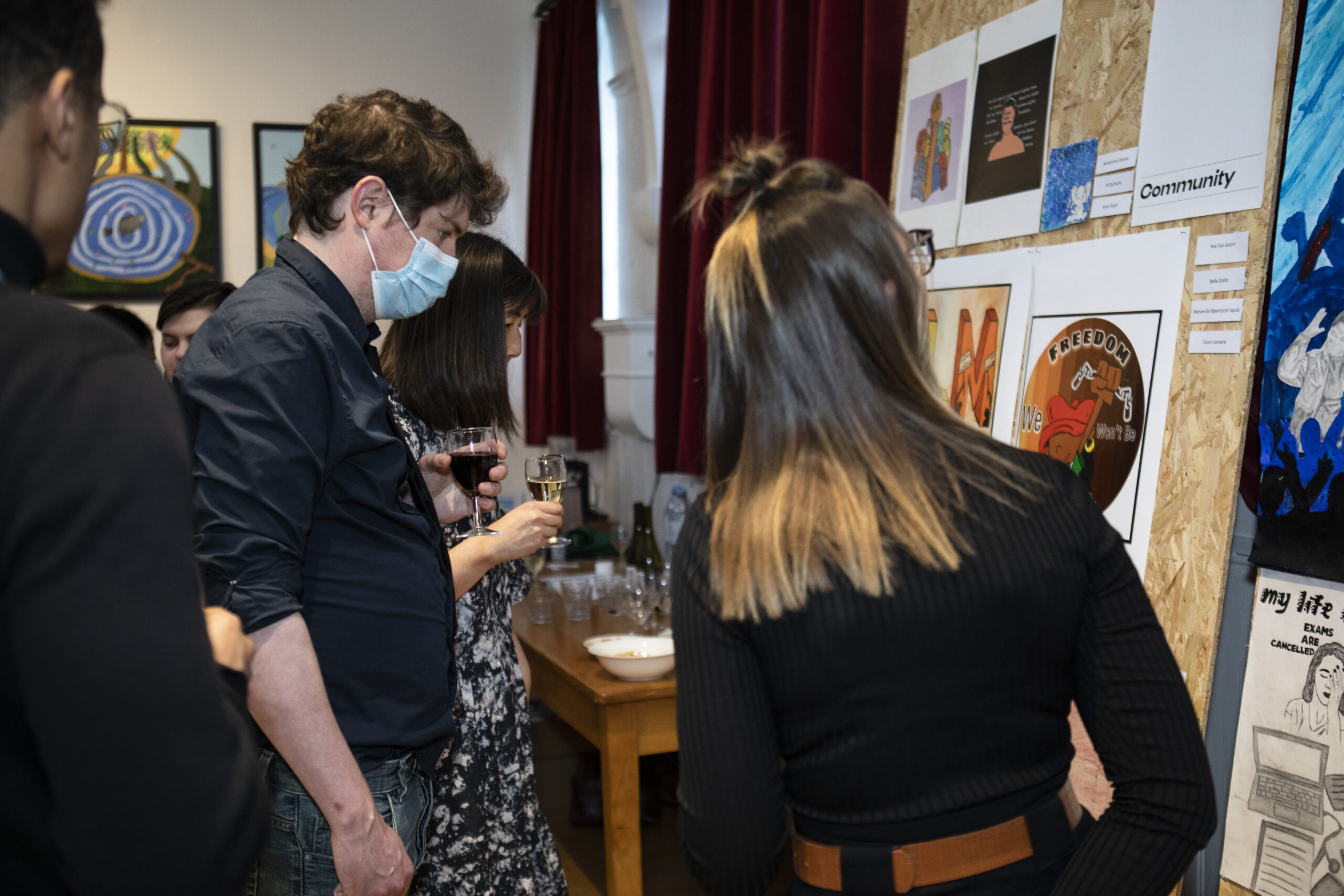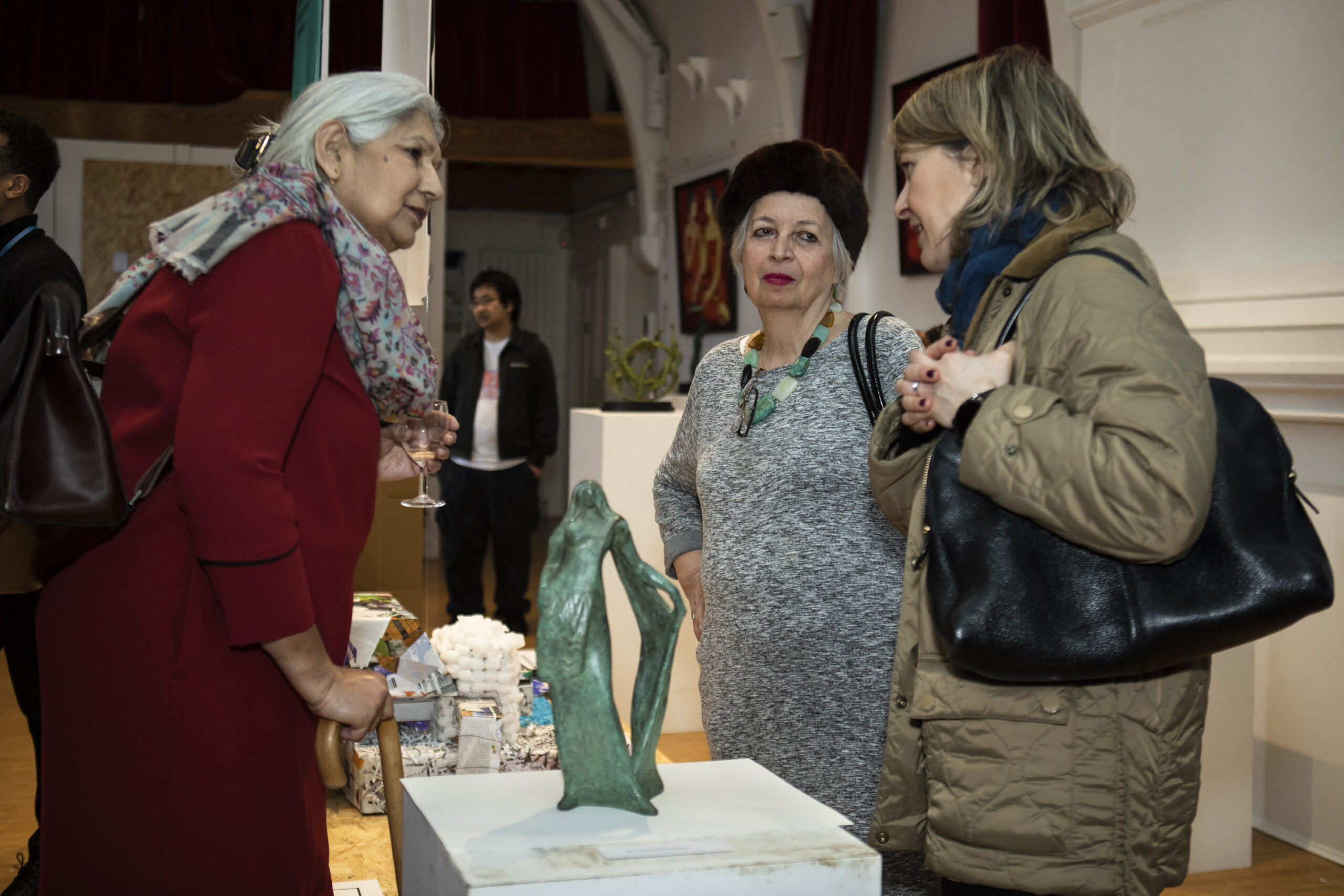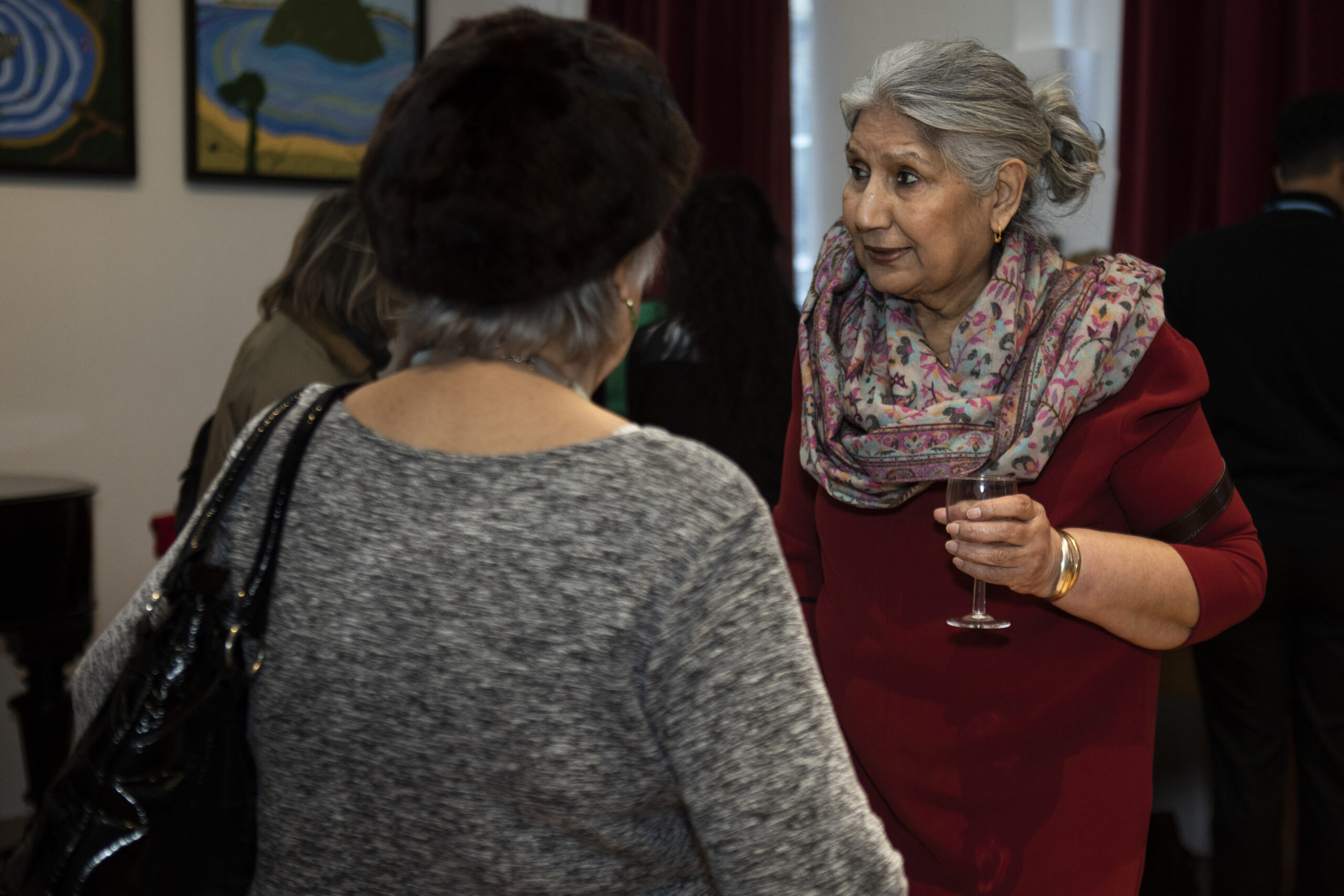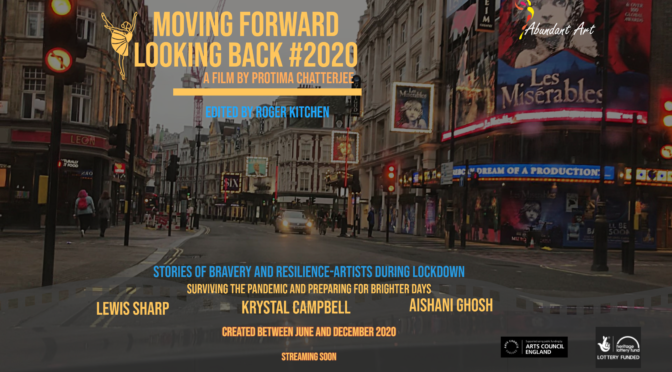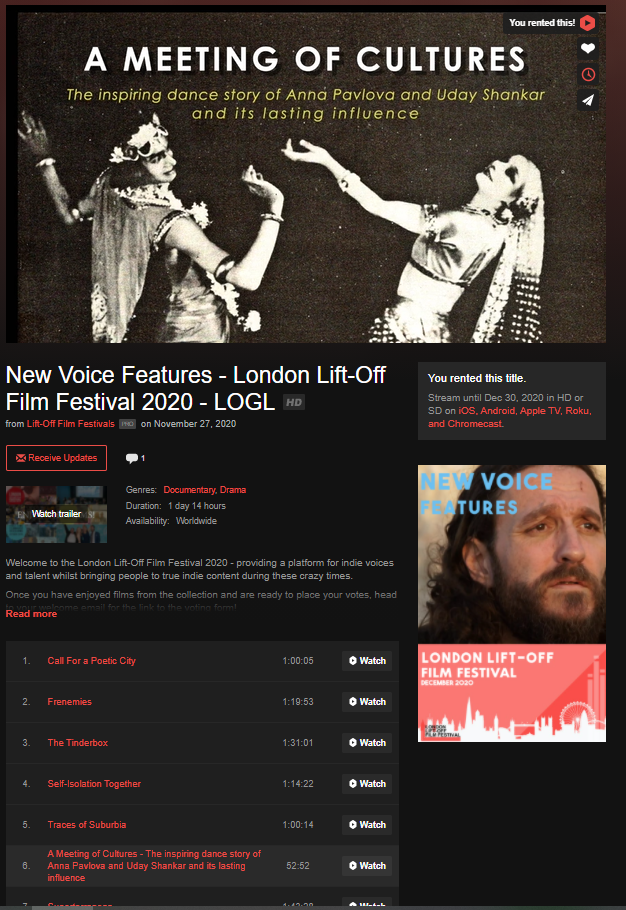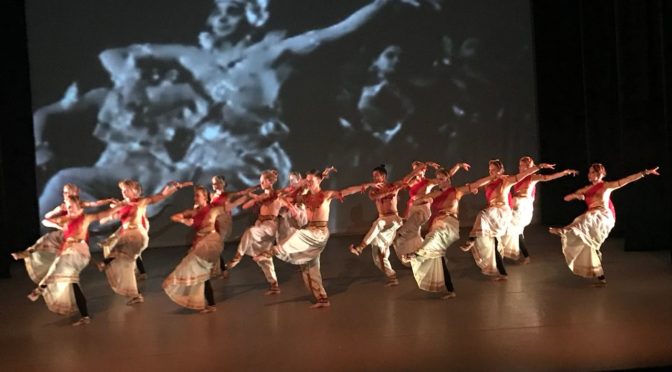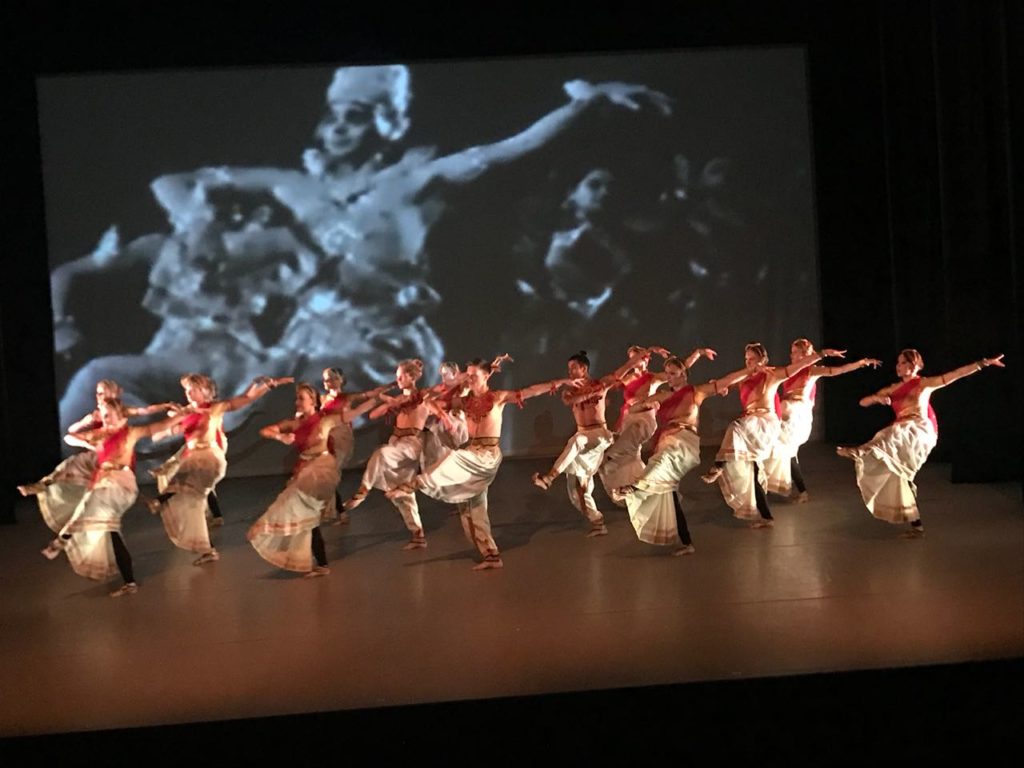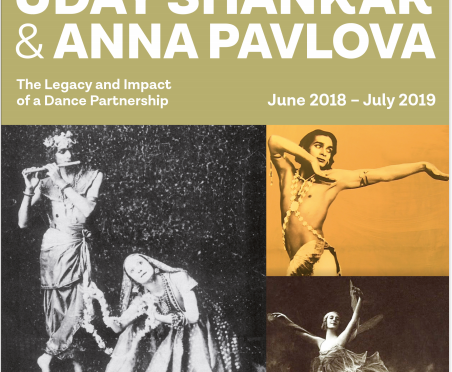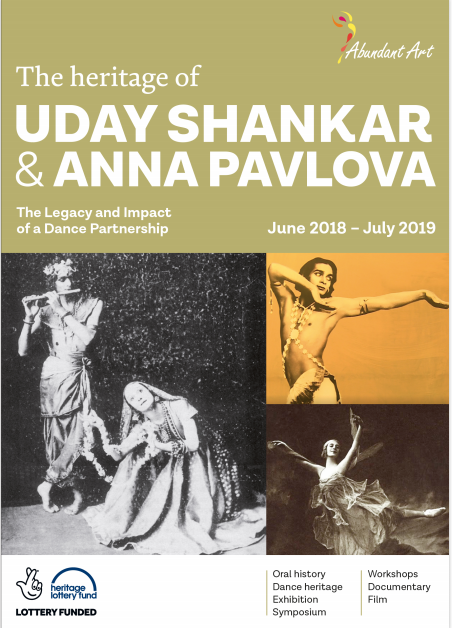Unfettered Mind – With students of Trinity Laban BA2, Repertory Project-Dance Legends 2022
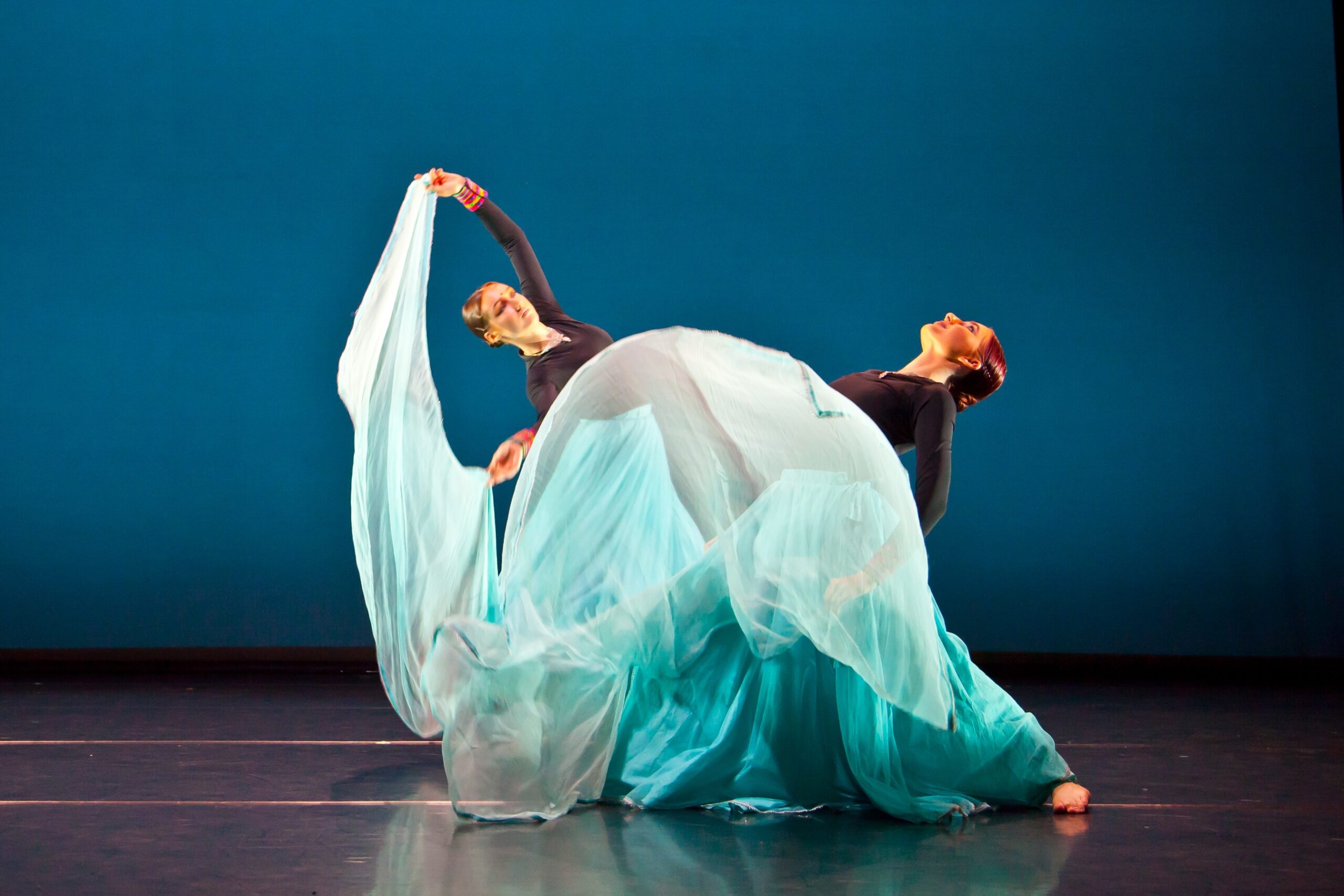
The Story
In 2018, Trinity Laban Conservatoire of Music and Dance invited us to take part in their BA2
Historical Project, in which Protima Chatterjee,
along with Tanusree Shankar led and delivered a six-week intensive programme on Uday Shankar technique. The
students learned the Shankar Technique and
the repertory ‘Sacred Myths’ which included a section of reimagining Uday Shankar’s original choreography Kartikeya. Taking inspiration from this mythological piece a full choreography was developed adding new music and movement. This new piece Sacred Myths was performed in four public performances at the end of the project.
In May 2022, we were very kindly invited back by Trinity Laban to teach the same module to the BA2 batch. This time we worked on a new choreographic piece inspired by ‘Man and Machine’
originally composed by Uday Shankar in the 1940s.
With the addition of new choreography and music sections, our restaging of the piece titled ‘Unfettered Mind’ has a
contemporary interpretation of the theme. It is a metaphor for breaking out of the
pre-conditioned shackles of the mind to find our
inner light and feel the oneness with the universe,
About ‘Unfettered Mind’
This dance draws its inspiration from a short piece ‘Man and Machine’ originally composed by
Uday Shankar in the 1940s which has pride of place in his film “Kalpana”. Uday Shankar created
this composition reflecting the challenges of industrialisation and transition from an
agricultural to an industrialised society. Our restaging of Man and Machine comes with a
contemporary interpretation of the theme- a metaphor for breaking out of the pre-conditioned
shackles of the mind to find our inner light and feel the oneness with the universe. The
underlying message cannot be more relevant than today. We have further elaborated on this theme
through addition of new choreographic sections. In these sections the dancers overcome odds to
break out of their machine shells, at ease with the natural world followed by a fluid and
graceful dance piece reflecting the beauty of life as it should be. They find peace amongst
nature and rediscover their inner selves leading into a dance of celebration, ending the piece
on a positive note of hope.
Music-Vishnu Das Shirali (original music of Man and Machine from Uday Shankar’s film Kalpana)
and Ananda Shankar.
Technique classes -Protima Chatterjee and repertory rehearsals – Tanusree Shankar, Protima Chatterjee
Concept and Curation – Protima Chatterjee, Abundant Art UK
Technique Classes and Repertory Rehearsals
Unfettered Mind – Performance, Laban Theatre 30 June 2022
Student Feedback
Rebekah
It has been a pleasure working + learning with you. This process is something I will treasure forever.
Flo
Thank you for all the help and teaching!
Paris T
Thank you for teaching me the Uday way it was a pleasure!
Aimee
Thank you so much for this amazing experience. It’s been my favourite project at Laban, much harder than I thought it would be!
Trinity
thank you for this incredible experience. I have loved every minute and you have been such a patient, kind, motivating teacher, welcoming us into the world of Indian dance.
Eera
Thank you for being so kind and patient with us. We’ll miss you.
Hannah
Thank you so much for being so supportive throughout this process. I will always remember the experience.
Ellis
thank you so much for all your support over these weeks, we have all learnt so much from you. Thank you for such a magical opportunity!
Hannah K
Thank you for the past couple of weeks. Enjoyed this experience very much.
About the program – Trinity Laban BA2, Repertory Project-Dance Legends
In this program, each Year 2 students on the BA (Hons) Contemporary Dance programme is immersed
in an intensive period of dance training and study which focuses on work created by a
choreographer who has made an important contribution to the development of dance in the 20th and
21st centuries. As well as being involved in the restaging of the choreography, students learn
about the historical, social, artistic and cultural contexts in which the work was originally
created. In addition, students participate in technique classes and theory classes which are
designed to equip them with the technical skills and artistic understanding necessary to meet
the demands of the piece. The result is a learning experience which integrates theory and
practice, and which exposes students both physically and intellectually to dance works of
historical and cultural significance. The Historical Project component at trinity Laban
introduces their BA2 students to some of the well-known and established repertoire from the 20th
century modern/contemporary dance. In this programme students gain a direct and practical
experience of selected choreographer’s work through intensive rehearsals and performance of
repertory extracts. The rehearsal directors teach the material to the group, decide the casting
and coach students towards the performance. With organised technical rehearsals in the Laban
Theatre students showcase the repertory piece they learn over the course of 4 weeks in 4 public
performances across two days. The performance of the repertory is the final assessment of the
practical aspect of this component. During this period, theoretical sessions are provided with
contextual and conceptual background necessary for an integrated understanding of the
choreographer and work they are studying. As part of this learning process students are
encouraged to reflect on their own experience of the historical repertory, and the ways it
contributes to their understanding of the work and its historical and contemporary significance.
Material covered in Investigating Arts Practice also support their work in this aspect of the
component. Individual Lecture Demonstrations after the performance is the assessment for this
aspect of the component.

